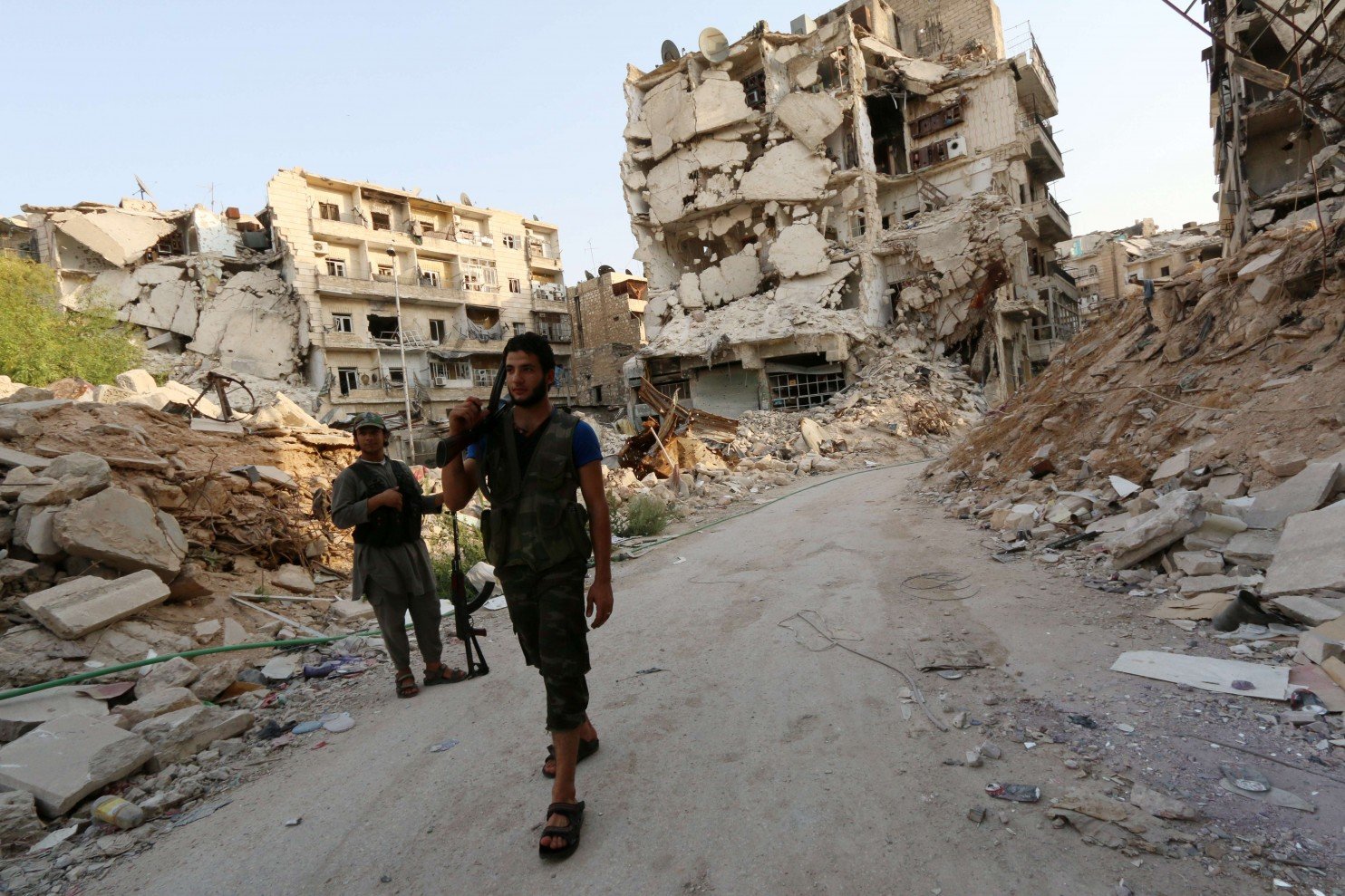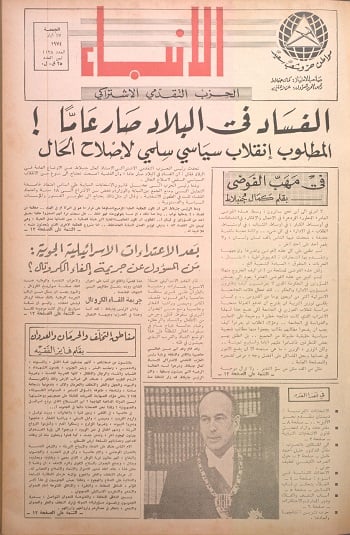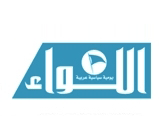Military Implications of the Syrian Regime’s Defeat in Raqqa
Jeffrey White / Washington Institute
28 أغسطس 2014

The latest ISIS victories in northern Syria raise questions about who can prevent further advances, pointing to the potential need for foreign air intervention.
Over the past two months, jihadist fighters from the Islamic State of Iraq and al-Sham (ISIS) have waged an increasingly successful campaign against Assad regime forces in Syria’s northern Raqqa province, culminating in the capture of al-Tabqa Airfield earlier this week. The defeat in Raqqa has major military implications — it represents a loss at the strategic, operational, and tactical levels of war, raising questions about whether the regime or Syrian rebels can defend other, more important areas of the country against further ISIS offensives.
THE FALL OF RAQQA
ISIS (or the “Islamic State,” as it now calls itself) thrives on weakness, and the regime’s position in Raqqa was weak even before serious combat with the group began. The three key regime positions in the province — the 17th Division headquarters outside Raqqa City, the 93rd Brigade garrison at Ayn Essa, and the military airfield near al-Tabqa — were distant from one another, largely isolated (requiring resupply by air), and under sporadic attack by rebel forces for some time. After a long period of uneasy coexistence in the area, ISIS began serious attacks against the division headquarters in July. Once it fell on July 25, the group moved on and captured the 93rd Brigade facility on August 7, then began operations against al-Tabqa Airfield on August 19. After four assaults, sustained bombardment, several suicide vehicle attacks, and regime evacuation of some of the defenders by air, al-Tabqa finally fell on August 24.
The regime did little to save its positions other than provide aerial resupply and supporting airstrikes. Local forces made a few attempts to assist one another but without much effect. So over the course of three months, the regime’s military position in the province, and the forces that maintained it, were effectively destroyed. This stands as the most significant defeat of regime forces since the beginning of the rebellion.
STRATEGIC IMPLICATIONS
The defeat in Raqqa demonstrated once again that ISIS is capable of conducting broad military operations in accordance with a well-conceived strategy to achieve major political and military goals. Full control of Raqqa helps the group secure the heartland of its “caliphate,” consolidates its position within Syria, and serves as a base for potential follow-on operations to the west, east, and south. It also gives ISIS fighters momentum and resources for additional operations.
For its part, the regime lost a province, and conditions are set for the fall of a second — Deir al-Zour, where Assad’s forces are largely isolated around the airfield near the provincial capital. The regime’s line of communication to Aleppo might also be threatened. In addition, the defeat raises broader strategic questions: If the regime can be defeated in Raqqa, why not elsewhere? What forces and resources can it mobilize to prevent further territorial losses? And how will it adapt to a unified, determined, well resourced, and capable opponent?
The fall of Raqqa holds important implications for other ISIS opponents as well, especially in Syria. The victory will free up the group’s forces for battles on other fronts, giving impetus to ISIS operations in northern Aleppo, Hasaka, and perhaps toward Homs province and the Damascus area. The group could also move more forces to Iraq to bolster its position there.
OPERATIONAL IMPLICATIONS
ISIS demonstrated operational art in Raqqa. It conducted a series of battles to achieve a strategic aim — control of the province. It defeated regime forces in sequential operations and defeated them in detail.
The regime had no operational-level response. It left the 17th Division and 93rd Brigade largely to their own devices and provided only limited support/reinforcement to al-Tabqa. It may have calculated that Raqqa and its garrisons were not worth a major effort to save, particularly at a time when regime military resources are stretched thin. While some personnel and perhaps equipment were withdrawn from al-Tabqa by air (ensuring the rapid collapse of its defenses), the end was chaotic and brutal in each of the three main battles, with only remnants escaping the division headquarters, brigade garrison, and airfield. ISIS will continue to present the regime with operational challenges, and it remains to be seen if Assad’s forces are capable of responding effectively in areas of greater importance such as Aleppo City, the line of communication through Hama province, and even Damascus itself.
TACTICAL IMPLICATIONS
The regime’s tactical approach to defending its garrisons in Raqqa proved faulty. Units in the area relied on air/ground firepower and, in the case of al-Tabqa, minefields. The number of regime personnel present seems to have been relatively low, numbering in the hundreds in each battle.
This approach, which has been used extensively throughout the war, has worked where the opposition is weak, disorganized, irresolute, and lightly armed. But these conditions did not pertain in Raqqa, where ISIS massed forces and firepower, operated in a coordinated fashion, and was willing to pay the price in casualties to seize the objective. As mentioned above, it assaulted the airfield four times before succeeding, and reportedly suffered substantial losses to regime air attacks and mines. Casualty estimates for both sides range from the low to mid hundreds.
The northern victories have also been a windfall for ISIS in terms of weapons and ammunition, and probably recruits. The group’s momentum has been fueled by the war materiel it has captured in Raqqa and other battles with the regime, including tanks, field artillery, rocket launchers, antiaircraft guns, and small arms.
OUTLOOK
While one should be careful not to make too much of the ISIS success in Raqqa — where regime forces were weak and received little support from Damascus — the fact remains that the group prevailed where rebel forces throughout the war have failed. How will the regime adapt? And how will its supporters and allies react? Reports have already surfaced of Alawite discontent over the casualties in Raqqa, which come at a time of increasing visibility for the war’s toll on Alawite communities. If the regime’s minority allies see that its forces cannot defend themselves against ISIS, what conclusions will they draw about where their own safety resides?
Indeed, the regime failure in Raqqa and the continuing weaknesses of other rebel forces raise the question of who will stop ISIS in Syria. The regime may be more successful in defending areas it regards as more critical, but there are no guarantees. Its pattern of letting isolated positions fall is well established, and it has little in the way of reserves or mobile forces to restore failing situations or retake lost ground. It is also fighting on other fronts against various rebel units. As a result, it will most likely lose Deir al-Zour province and then have to face ISIS much closer to its heartland. The regime’s Hezbollah and Iraqi Shiite allies are already committed to critical fronts with only limited success, so it is unclear how big of a difference they could make against ISIS while still heavily engaged against other groups.
For their part, the rebels have limited capacity for fighting ISIS, though they have done better than the regime did in Raqqa. At times they have pushed ISIS out of areas it has taken or was trying to take, including Idlib, parts of Aleppo, and Rif Damascus. Yet their disunity and vulnerability to subversion have hampered their ability to resist ISIS, which is now propelled by even more weapons, ammunition, and recruits from its successes in Syria and Iraq.
U.S. INTERVENTION
Foreign air intervention could help in slowing ISIS and reducing its combat capabilities. While the Syrian air force is mostly good for hitting area targets and killing civilians, other air forces are capable of effective strikes on military forces and the command and logistics structures that support them. The United States is already doing this to good effect in Iraq.
The most effective way to stop ISIS and then roll it back would be a combined effort involving well-armed and supported Syrian rebel forces and U.S./allied airpower, all working under a coherent long-term strategy and conducting coordinated operations to defeat the group’s forces and free areas under its control. Failing that, more limited measures — such as arming the rebels and using airpower to reduce ISIS forces and capabilities — would be useful in preventing more dramatic gains in Syria and perhaps rolling back the group’s recent progress in northern Aleppo.
 عن أمل جنبلاط المتجدد: لبنان يستحق النضال
عن أمل جنبلاط المتجدد: لبنان يستحق النضال
 صحافيون أم عرّافون!
صحافيون أم عرّافون!
 ماذا يجري داخل أروقة بيت الكتائب المركزي؟
ماذا يجري داخل أروقة بيت الكتائب المركزي؟


 عن الخرائط التي تُرسم والإتفاقات التي تتساقط!
عن الخرائط التي تُرسم والإتفاقات التي تتساقط!
 “الإنحراف في الحياة”/ بقلم كمال جنبلاط
“الإنحراف في الحياة”/ بقلم كمال جنبلاط
 هاشتاغ #صار_الوقت يحل أولاً في حلقة جنبلاط
هاشتاغ #صار_الوقت يحل أولاً في حلقة جنبلاط
 طاولة نقاش عن أزمة الصحافة في جامعة AUST
طاولة نقاش عن أزمة الصحافة في جامعة AUST
 عبدالله: ليظهر لنا وزير مكافحة الفساد حرصه في صفقات البواخر والفيول
عبدالله: ليظهر لنا وزير مكافحة الفساد حرصه في صفقات البواخر والفيول
 عبدالله: غريب أمر وزارة مكافحة الفساد!
عبدالله: غريب أمر وزارة مكافحة الفساد!

 Comment to Uri Avnery: How Sad What Is Looming Ahead
Comment to Uri Avnery: How Sad What Is Looming Ahead
 “Not Enough!”
“Not Enough!”
 … لمن لم يقرأ يوسف البعيني/ بقلم وسام شيّا
… لمن لم يقرأ يوسف البعيني/ بقلم وسام شيّا
 كمال جنبلاط في مولده الأول بعد المائة: تعاليمه وأفكاره ما زالت الحلّ/بقلم عزيز المتني
كمال جنبلاط في مولده الأول بعد المائة: تعاليمه وأفكاره ما زالت الحلّ/بقلم عزيز المتني
 رئيس حزب/ وليس (… سابقاً)/ بقلم د. خليل احمد خليل
رئيس حزب/ وليس (… سابقاً)/ بقلم د. خليل احمد خليل
 التوازن السياسي في لبنان
التوازن السياسي في لبنان
 لبنان… مشاريع انقلابية مؤجلة
لبنان… مشاريع انقلابية مؤجلة
 جنبلاط وحَمَلة أختام الكاوتشوك
جنبلاط وحَمَلة أختام الكاوتشوك
 Le Liban est un symbole de tolérance
Le Liban est un symbole de tolérance
 Our Automated Future
Our Automated Future
 The True Origins of ISIS
The True Origins of ISIS
 Les Misérables vs. Macron
Les Misérables vs. Macron
 عذراً أيها المعلم/ بقلم مهج شعبان
عذراً أيها المعلم/ بقلم مهج شعبان
 رساله الى المعلم / بقلم ابو عاصم
رساله الى المعلم / بقلم ابو عاصم
 إلى روح القائد والمعلم كمال جنبلاط/ بقلم أنور الدبيسي
إلى روح القائد والمعلم كمال جنبلاط/ بقلم أنور الدبيسي
 أسرار وعناوين الصحف ليوم الجمعة 14 كانون الاول 2018
أسرار وعناوين الصحف ليوم الجمعة 14 كانون الاول 2018














